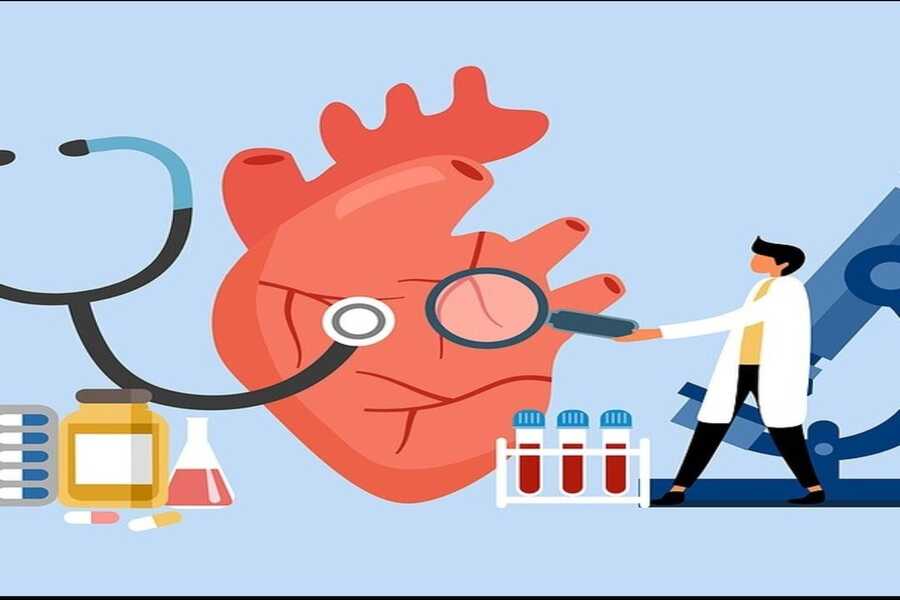Cardiac arrest is a serious medical emergency that demands immediate attention. It occurs when the heart suddenly stops beating, leading to the cessation of blood flow to the body’s vital organs. This critical condition requires swift action to increase the chances of survival. Here, we will delve into the causes, symptoms, and life-saving measures associated with cardiac arrest.
Causes of Cardiac Arrest
- Cardiac arrest can be caused by various factors, with the most common being underlying heart conditions. These include:
- Coronary Artery Disease: The narrowing or blockage of blood vessels that supply the heart with oxygen and nutrients can lead to a heart attack, which may trigger cardiac arrest.
- Arrhythmias: Abnormal heart rhythms, such as ventricular fibrillation or ventricular tachycardia, can cause the heart to lose its ability to pump blood effectively.
- Cardiomyopathy: This condition weakens the heart muscle, compromising its ability to function properly and potentially leading to cardiac arrest.
- Electrocution and Trauma: Severe electric shock or traumatic injuries to the chest can disrupt the heart’s electrical system, resulting in cardiac arrest.
- Drug Overdose: Some prescription drugs or illegal substances can harm the heart, leading to a sudden cardiac arrest.
Recognizing the Symptoms
- Cardiac arrest presents itself abruptly, without warning. It is essential to recognize its symptoms promptly to take immediate action:
- Sudden Loss of Consciousness: The subject may pass out and stop breathing.
- Absence of Pulse and Breathing: Listen for breathing sounds and feel for a pulse in the neck’s carotid artery. If either is missing, start CPR right away.
- Gasping for Breath: In some circumstances, the person may display erratic gasping or agonal breathing, which is not enough to preserve life.
Life- Saving Measures
During a cardiac arrest, time is of the essence. Quick and effective action can make a huge difference. Observe these steps:
- Start Cardiopulmonary Resuscitation (CPR): If the person is unresponsive and not breathing, initiate CPR.
- Utilize an Automated External Defibrillator (AED): If one is accessible, use it to shock the heart with electricity in the hopes of restoring its regular rhythm. AEDs are made to be user-friendly, and voice cues are provided to lead you through the procedure.
- Await Medical Professionals: Continue CPR and follow the instructions provided by the emergency responders when they arrive on the scene.
Preventing Cardiac Arrest
Although abrupt and unexpected cardiac arrests are possible, there are precautions people can do to lower their risk.
- Regular Health Check-ups: Attend routine medical examinations to track the status of your heart and rule out any underlying diseases.
- Adopt a Healthy Lifestyle: Eat a balanced diet, move around frequently, abstain from smoking, and limit your alcohol intake.
- Learn CPR: Enrolling in a CPR course will provide you the knowledge and abilities you need to react appropriately to cardiac emergencies.
Cardiac arrest is a potentially fatal condition that necessitates quick action. Knowing the symptoms and life-saving measures can increase the likelihood of survival. We can all work together to create a safer and healthier community by practicing preventive actions and being ready to act when necessary. The treatment of Cardiac arrest can be very expensive therefore you should buy healthcare insurance for your loved ones so that it can cut the extra hospital expenses.





